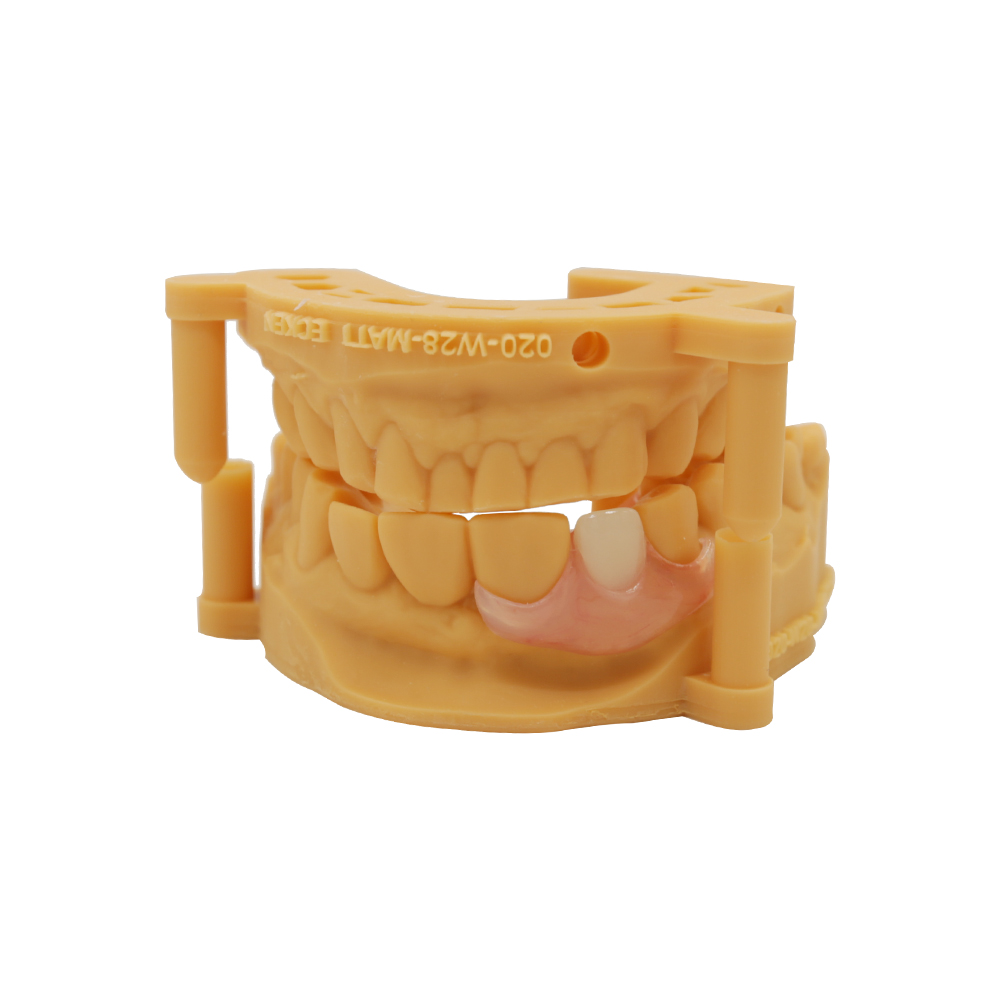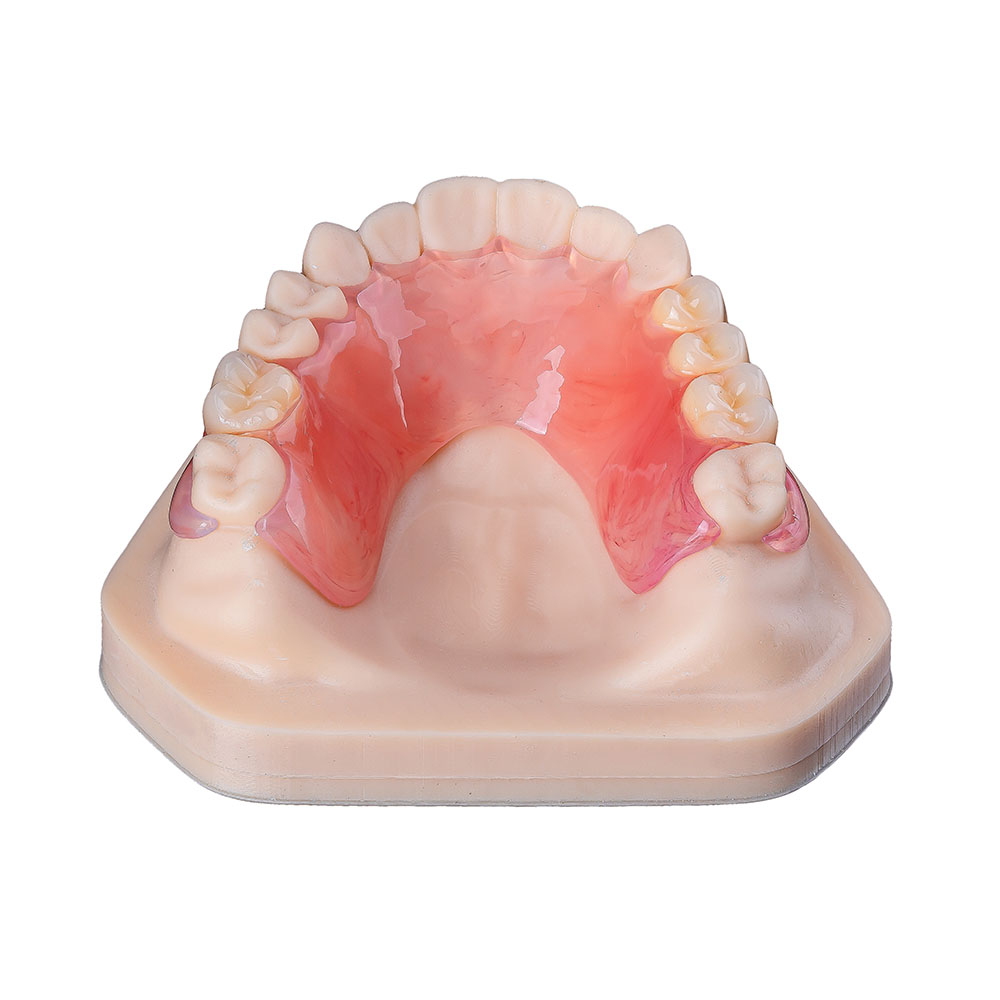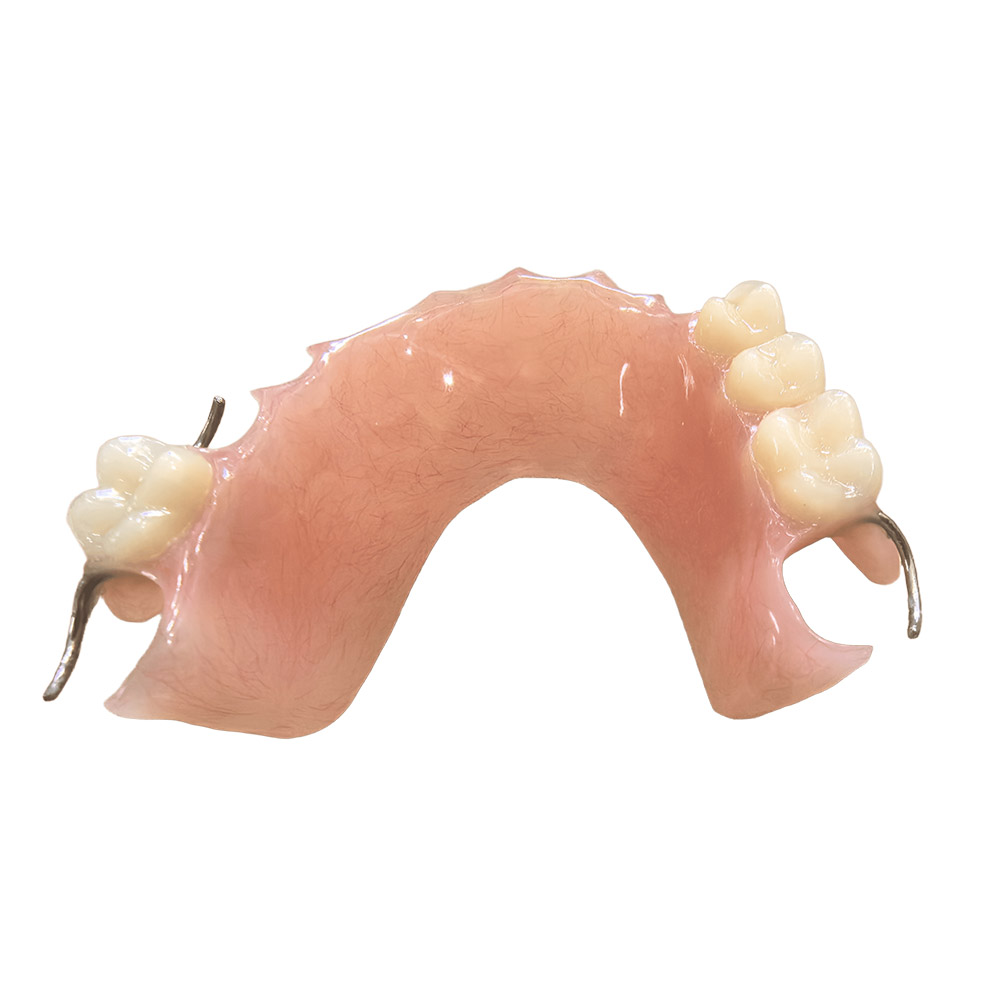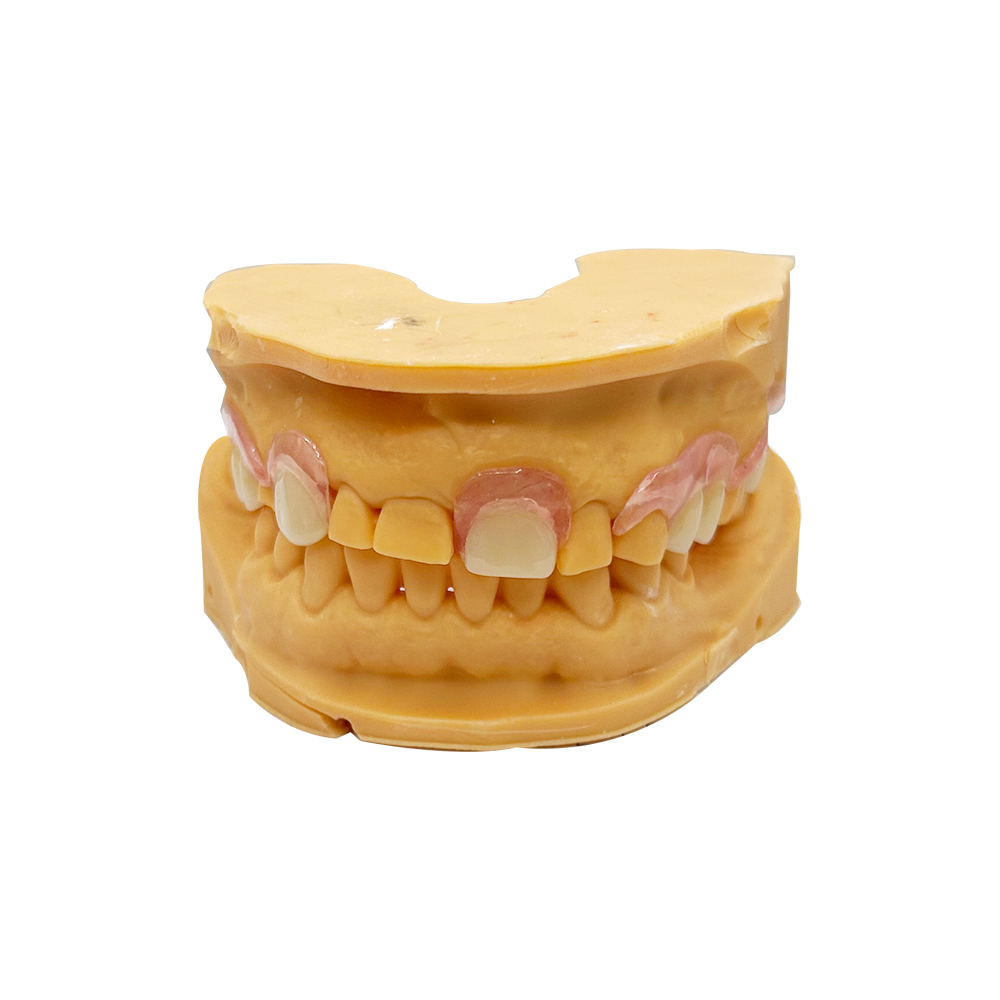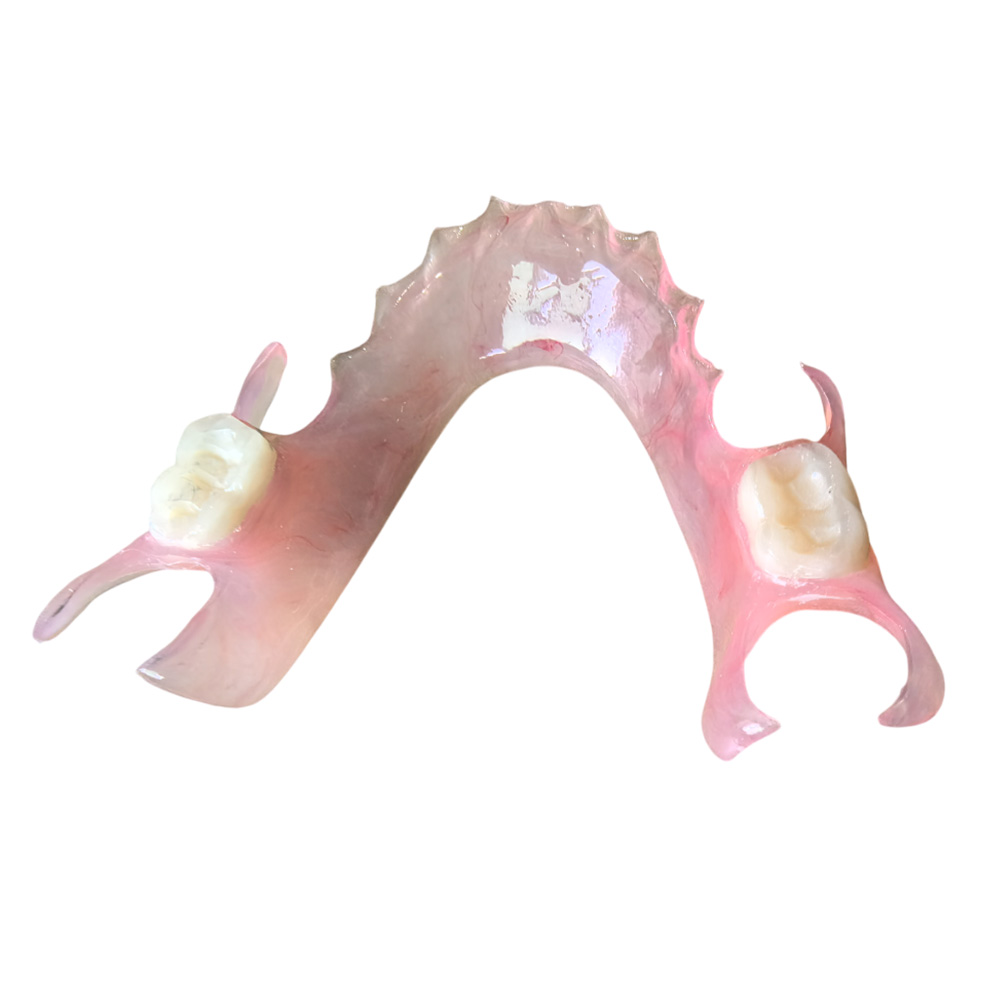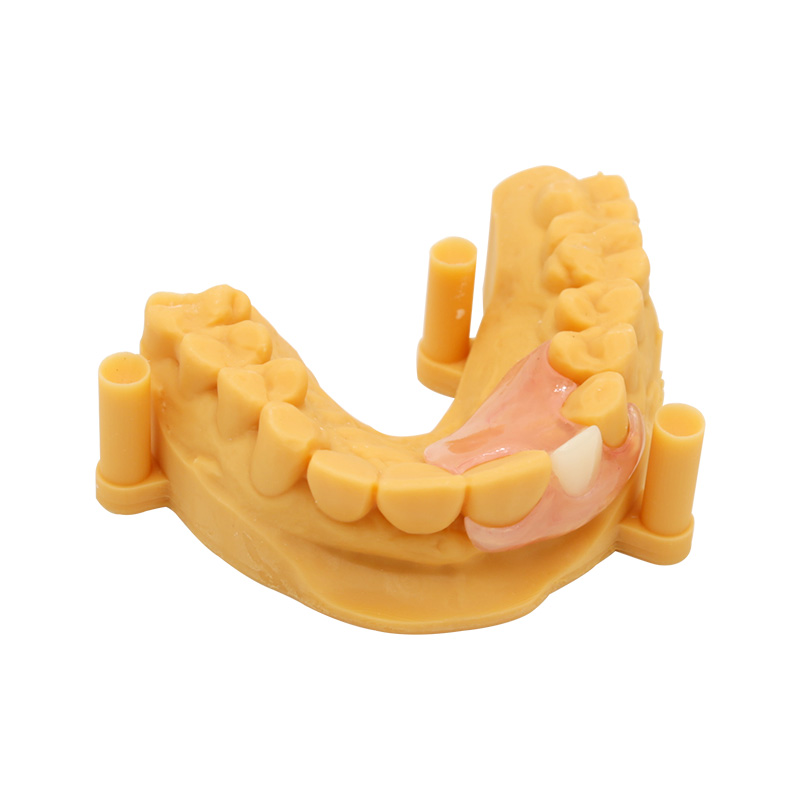prothèse dentaire flexible
As a top dental lab, we know what your dental clinic, hospital, or lab needs. Your patients want new options for their dental health. They want good-looking partial dentures that are comfortable and don’t cost a lot. We are here to be a partner you can count on, offering many types of high-quality flexible dentures that meet these needs.We help you offer some of the most affordable flexible dentures available. This lets you give your patients competitive prices and great value. Our service helps you grow your practice by meeting every patient’s needs, including those looking for dentures for low-income adults.

